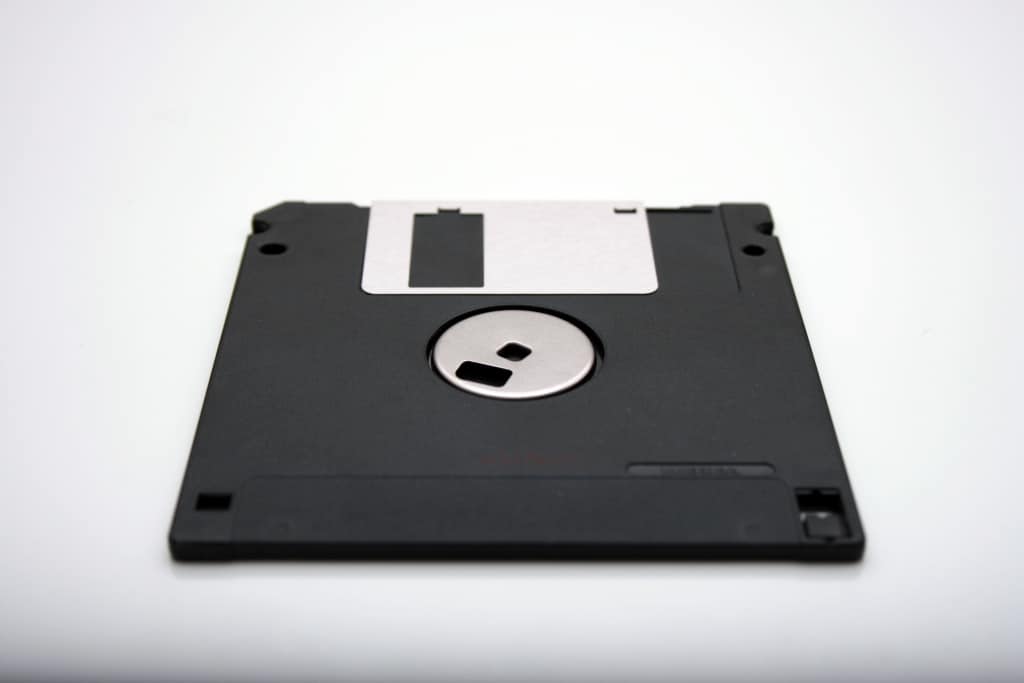Non-transitory storage media
If you have a patent claim with the term “non-transitory storage media” – you should find another patent attorney.
The history of the “non-transitory storage media” claims.
Who can you sue with a “non-transitory storage media” claim?
Problems with the “non-transitory storage media” claims.
What you can tell if your attorney uses “non-transitory storage media” claims.

History of the “non-transitory storage media” claims.
Our legal system is clunky and unwieldy, and it works in weird ways.
The Court of Appeals for the Federal Circuit and the Supreme Court has wrestled with the issue about what is patentable and what is not. This has been going on for decades. In general, there has been a push that “software” should not be patentable. This charge has been led by open-source software advocates, with a lot of encouragement by any software company who is getting sued for patent infringement (read: all of them).
In 2007, the CAFC heard In re Nuijten. In this case, the patentee claimed a wireless transmission of software as part of their patent. They were rejected with the convoluted (and incorrect) logic that you cannot patent “radio waves.” While our jurists on the Supreme Court are by all measures brilliant people, they are often stymied by technology.
In any event, “radio waves” – humanly created, not-natural radio waves that are uniquely created for a specific purpose – are not patentable. At least that is what the Supreme Court said.
The Patent Office issued an official guidance that said if you include “non-transitory storage media” or something including “non-transitive” in your claims, you can avoid the nonsense of In re Nuijten.
This was also in the heyday of AOL, when you would receive endless CDs in the mail getting you to sign up for America Online. It was also when all software was delivered in boxes and came in CD or DVD. The internet was far too slow to download a large software application to your hard drive.
Who can you sue with a “non-transitory storage media” claim?
Simply put, you can sue anyone who has a non-transitory storage media with your software. Who is that person and what can you recover from that lawsuit?
The person you sue is the person who owns the computer with the storage media. Your competitor probably has a couple copies in their GitHub repo, and they use these copies to transmit to their customers. The other people who infringe are your “customers.” Of course, if you sued your potential customers who bought from your competitor, they would never do business with you.
Back in the days of AOL and boxed software, there might be (quite literally) a truckload of copies of software. For each copy, you would get to claim damages.
In today’s world, almost all software is delivered over the internet. Does that change things?
Absolutely.
In some cases, software is operated completely in the cloud and never runs locally. In this case, you can only sue the person who owns or runs the cloud server.
Problems with the “non-transitory storage media” claims.
Problem number one: what is “non-transitory”?
The term “non-transitory” can be interpreted very literally: non-transitory means it *never* changes. It was meant to differentiate over radio waves. But is a magnetic tape or magnetic hard drive non-transitory? Over time, it can degrade, and it can be erased and used again. That does not seem non-transitory. Maybe an optical disk, like a CD or DVD would be non-transitory, but these also degrade. Will they be readable in 100 years? Probably not.
When was the last time you made a DVD backup of your computer? I haven’t done it in a decade or more.
Problem number two: cloud-based software delivery.
Much of our software is delivered through the cloud. This comes in two flavors: services that operate in the cloud and downloads that are stored in the cloud and downloaded to your device.
Cloud-delivered services and software suffer from a quirk of technology: they can be relocated with a touch of a button.
Any service running on Amazon Web Services, Rackspace, Microsoft Azure, or any other cloud service can be moved from one physical location to another. With a click of a button, a “non-transitory storage media” can be moved from the US (where we have a patent) to another jurisdiction where we do not have a patent (Canada, Mexico, Viet Nam, you get the idea).
This quirk of technology makes “non-transitory storage media” virtually impossible to enforce.
What you can tell if your attorney uses “non-transitory storage media” claims
Any attorney who uses “non-transitory storage media” claims is doing you a disservice. They are following the USPTO guidelines (albeit from the days of AOL) and will say “This is how it is done.” However, they are not giving you good service.
Attorneys who use “non-transitory storage media” are looking out for their *own* best interests, not their client’s.
A patent attorney’s duty of care is only to get you a patent, *not* to get you a “good” patent. You – the client – are solely responsible for determining whether the patent is “good.” Don’t take your patent attorney’s word that it is “good,” since they have a conflict of interest. You are asking the barber if your new haircut is good.
Any attorney who still uses “non-transitory storage media” is stuck in the days of America Online. They are wasting your money and time, getting you “protection” for something that no longer exists. You should find a different attorney who has figured this out, and you should not use the same attorney any more.